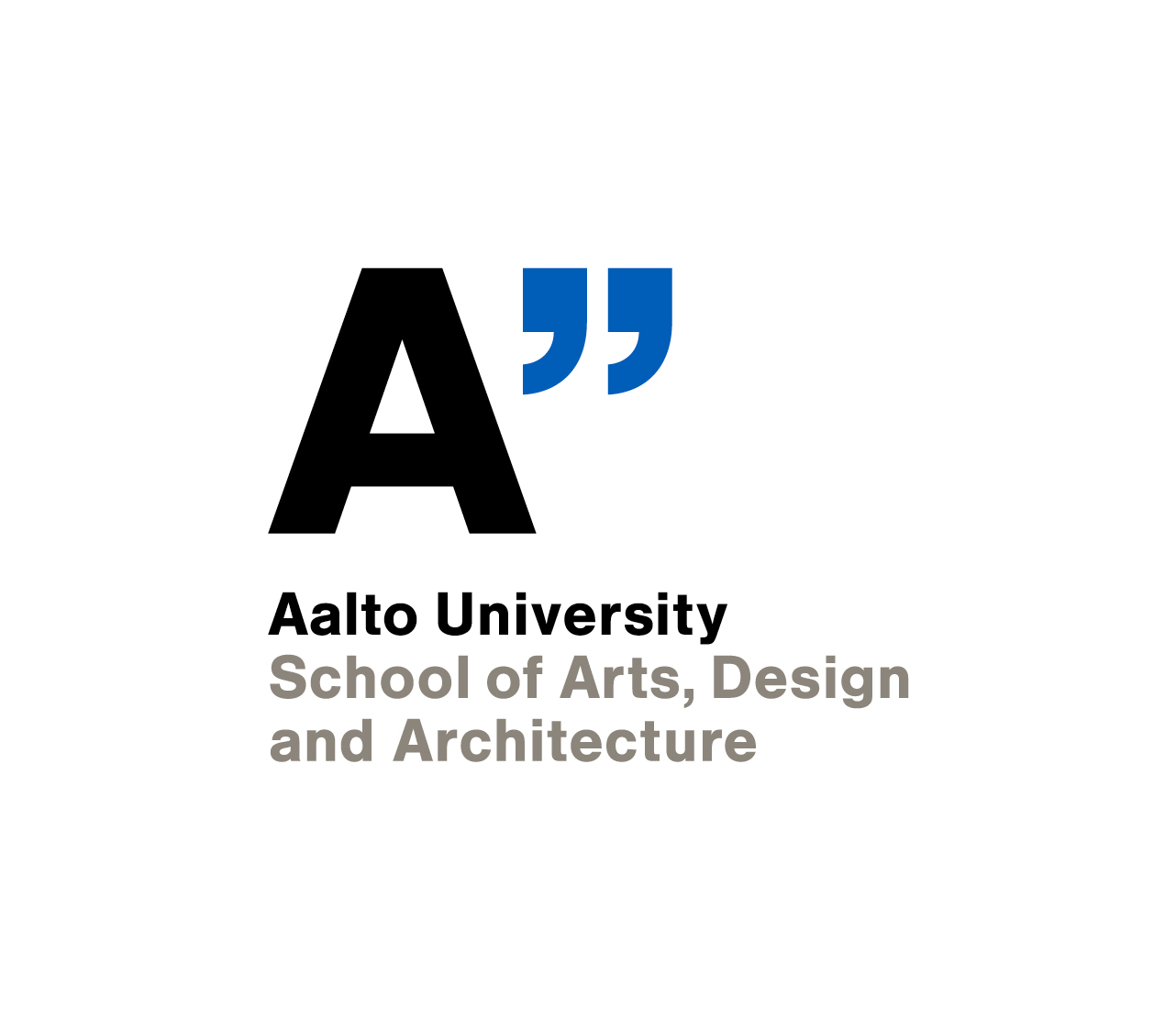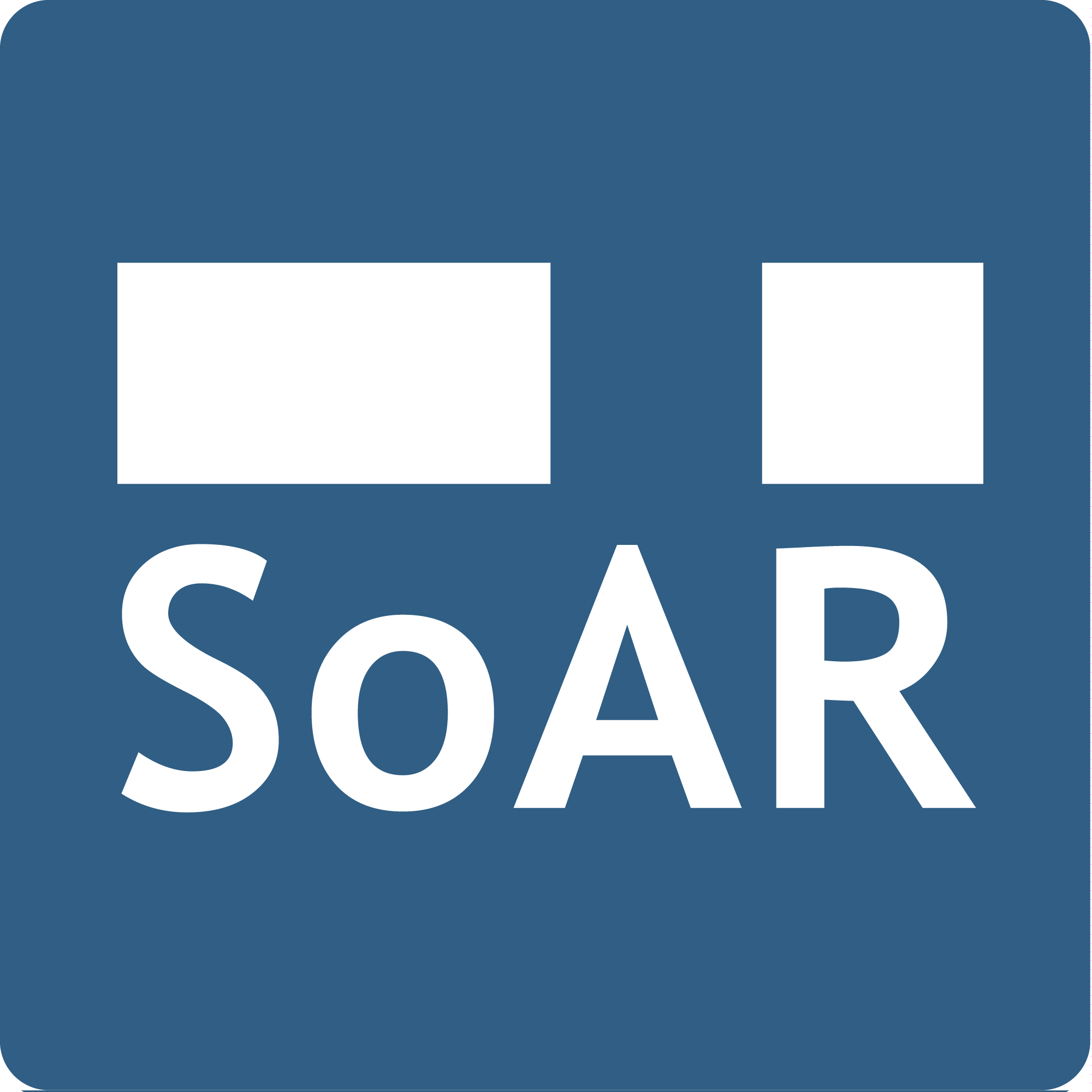Social Augmented Reality, SoAR, is a mobile app for collaboration and communication in physical work environments. It consists of one-on-one video streaming with a bidirectional drawing layer for emphasizing details. SoAR is ideal for cooperating in situations that require an effective, visual assessment.
stream video one-on-one
freehand drawing on video view, premade arrows for pointing, pause for stabilizing the drawings
Take screen snapshots for later reviewing
Uses
- Collaboration in physical work context via video stream
- Problem solving by sharing the view and pointing at details by drawing
- Remote presence in e.g. quality checks
Tech specs
- Android app developed with Cordova
- WebRTC communication for transmitting audio, video and HTML5 Canvas drawings
- Requires Wi-Fi or mobile network connectivity
- Phone number authentication
- Open source
SoAR works on Android tablets and mobile phones. It requires a constant WiFi or mobile network access (3G or 4G) for streaming video. The source code is available on GitHub and the application can be downloaded from Google Play.
The calling functionality of SoAR is based on WebRTC (Web Real-Time Communication). It is a browser API, which allows serverless browser-to- browser communication, in the form of voice and video chat or P2P file sharing, without using browser plugins such as Flash. The application is built with Apache Cordova, which is an open-source mobile development framework. It allows the use of standard web technologies (HTML5, CSS3, JavaScript) for cross-platform development (The Apache Software Foundation 2016).

The Story
SoAR was initially designed and developed with and for construction workers in order to enrich their collaboration and provide a new media for problem-solving in urgent work situations. The design and development process included e.g. first stage proof-of-concept regarding online video streaming with drawing layer, paper prototypes, usability tests and field studies, and resulted in a fully functional software prototype (Android) that is available in Google Play Store. Online video calls with a possibility to highlight issues by drawing proved to be a feature that led applying the app also to facility maintenance services and to quality management and auditing personnel for managing the supply chain.
Collaborators:
Research
The design process of SoAR followed the research-based design method and took advantage of research as a means to find out how to reach the most viable outcome – the best possible artifact or tool. The aim of the design process was not only the artifact but also an effect on reality: a perceived change in the working culture, the community of people, the everyday life. .
Several field tests were conducted to find out whether augmented video calls are useful for problem solving and communication in physical work context. According to the observations and feedback from the tests and interviews, the app was found out to be a potential solution especially for acute and ad hoc work situations in all the test environments. It can also be beneficial for improving communication in work processes like quality management and managing supply chains in the construction and facility maintenance sectors.
Further Reading
[1] [2]- S. Reponen, Social Augmented Reality Application: Enhancing Remote Collaboration in Physical Work Context. Master’s thesis. Aalto University, School of Arts, Design and Architecture, Media Lab, 2016.
Links to other sections
New Communication Practices in Construction Industry and Maintenance Services



